In the realm of construction and demolition, understanding the intricate relationship between rock types and demolition methods is paramount. A tailored approach to each project ensures efficiency, cost-effectiveness, and optimal results. Let’s delve into the diverse geological landscapes across North America, exploring how distinct rock types influence the choice of demolition methods.
Granite Giants of the Sierra Nevada: Precision Blasting for Unyielding Strength
In the majestic Sierra Nevada region, where granite formations stand as enduring giants, precision blasting emerges as a formidable method. Whether it’s a site in California or Nevada, these hard, crystalline rocks typically demand a method that can handle their unyielding strength. Controlled blasting techniques offer the finesse needed to break down granite without compromising safety or causing excessive environmental impact. Expanding grout and low-noise blasting can also work well in this region, and is preferred in more densely populated areas.
Sedimentary Stories in the Midwest: Excavation for Limestone and Sandstone
Heading to the heartland of the Midwest, limestone and sandstone formations dominate the landscape. The sedimentary nature of these rocks makes them well-suited for excavation methods. Hydraulic splitters and expansive grout excel in delicately dislodging layers of limestone and sandstone, preserving the intricate geological stories etched within.
Sandstone Spires of the Southwest: Delicate Dismantling for Architectural Preservation
Venturing into the arid landscapes of Arizona and New Mexico, where sandstone spires grace the horizon, a more delicate approach is necessary. Traditional demolition methods may risk damaging the intricate formations. Controlled demolition techniques, such as saw-cutting or expansive grout, allow for meticulous dismantling, preserving the natural beauty of these geological wonders.
Shale Challenges in the Appalachian Mountains: Specialized Techniques for Fragile Formations
As we traverse the Appalachian Mountains, encountering shale formations becomes inevitable. These fragile rocks require specialized techniques to prevent excessive fragmentation and environmental impact. Non-explosive methods like hydraulic fracturing offer a gentle yet effective approach, ensuring the stability of the surrounding landscape.
Lava Flows of the Pacific Northwest: Adapting to Volcanic Terrain
In the volcanic terrains of the Pacific Northwest, lava flows present a unique set of challenges. Traditional methods may prove inefficient against the porous and often abrasive nature of volcanic rocks. Diamond wire cutting and controlled explosive methods provide the adaptability needed to navigate these rugged terrains, ensuring a precise and efficient demolition process.
Conclusion: Tailoring Methods to Geological Tapestry
In the realm of rock demolition, one size certainly does not fit all. The geological tapestry of North America demands a nuanced understanding of rock types and their corresponding demolition methods. By aligning our approach with the natural characteristics of each region, we not only ensure the success of our projects but also contribute to the preservation of the diverse landscapes that define our continent. As we embark on demolition endeavors, let’s embrace the richness of North American geology and employ methods that respect the stories embedded in every rock.


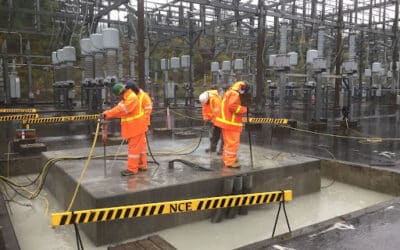
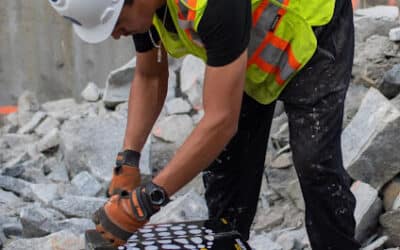
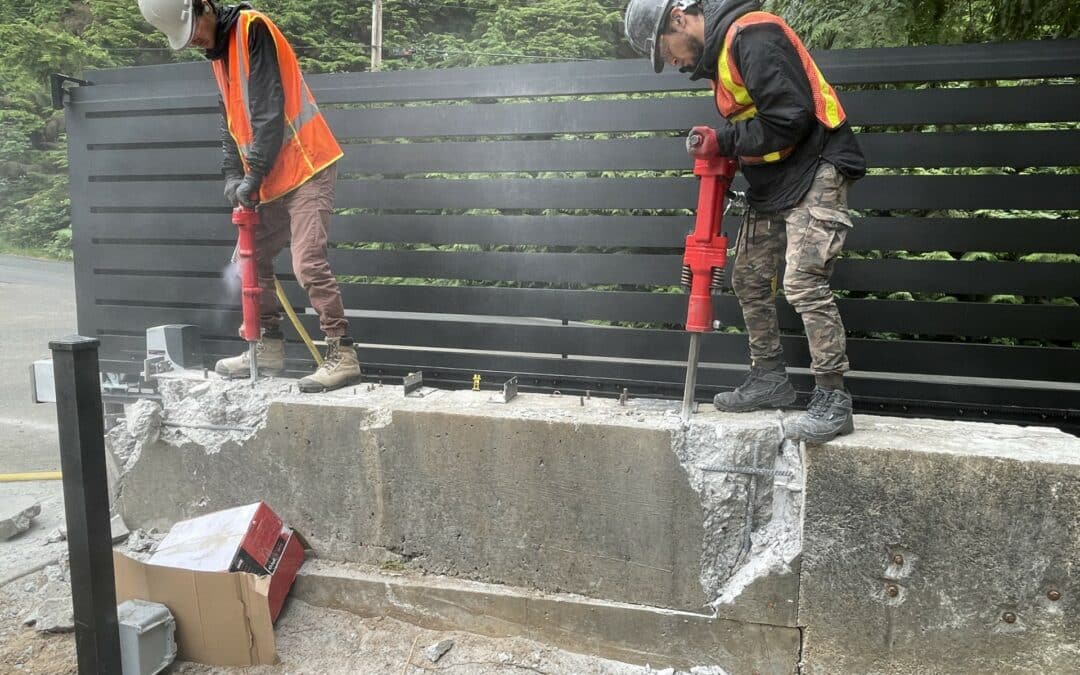
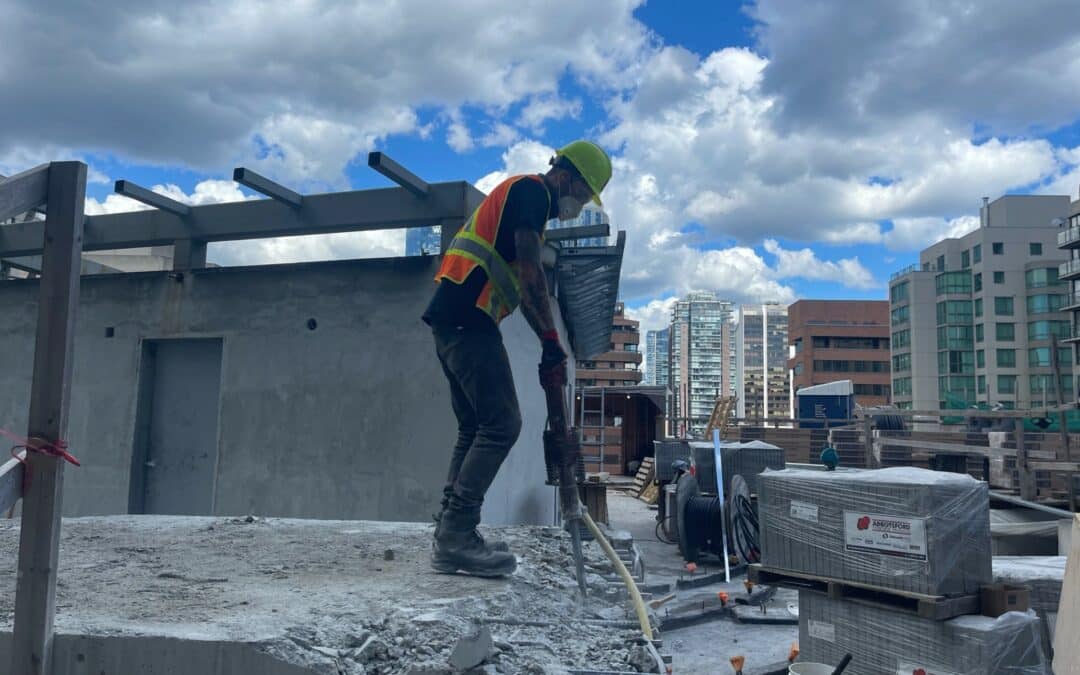
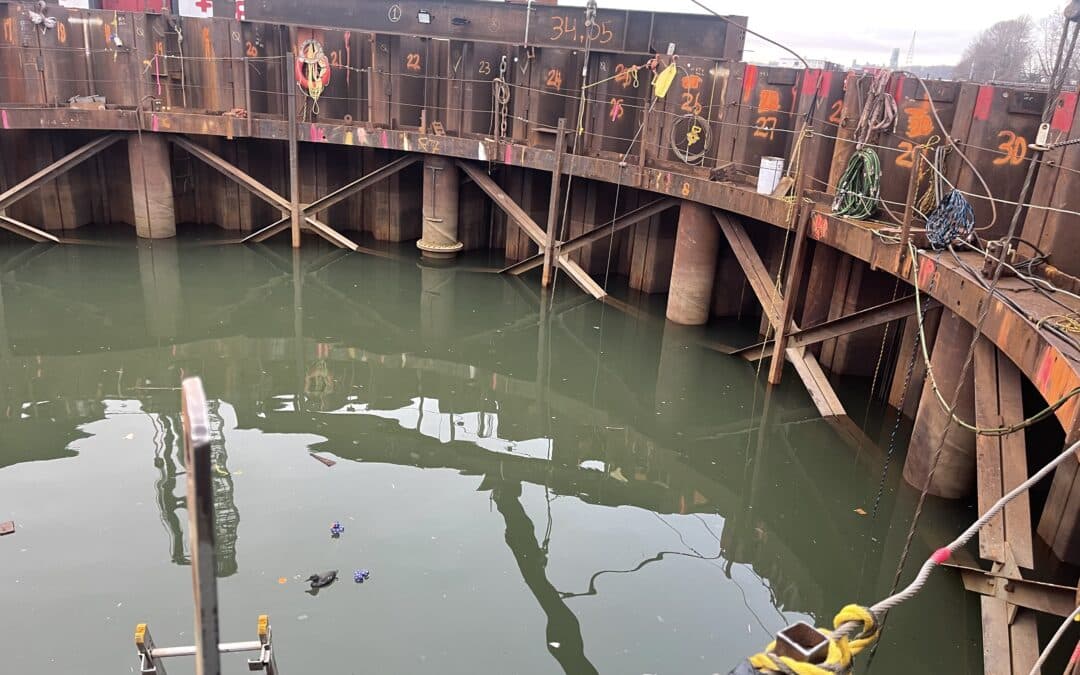
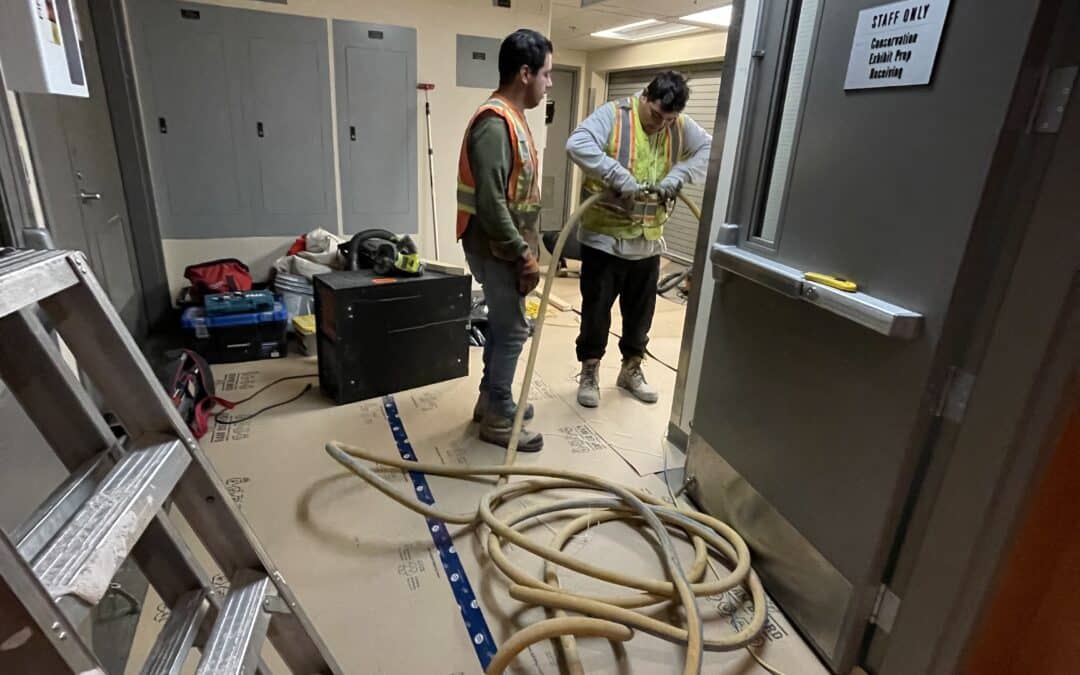
0 Comments